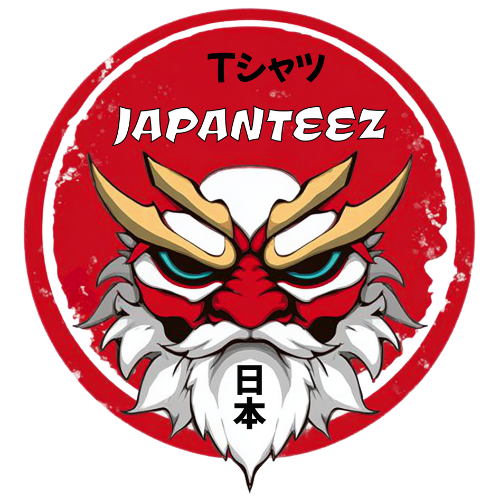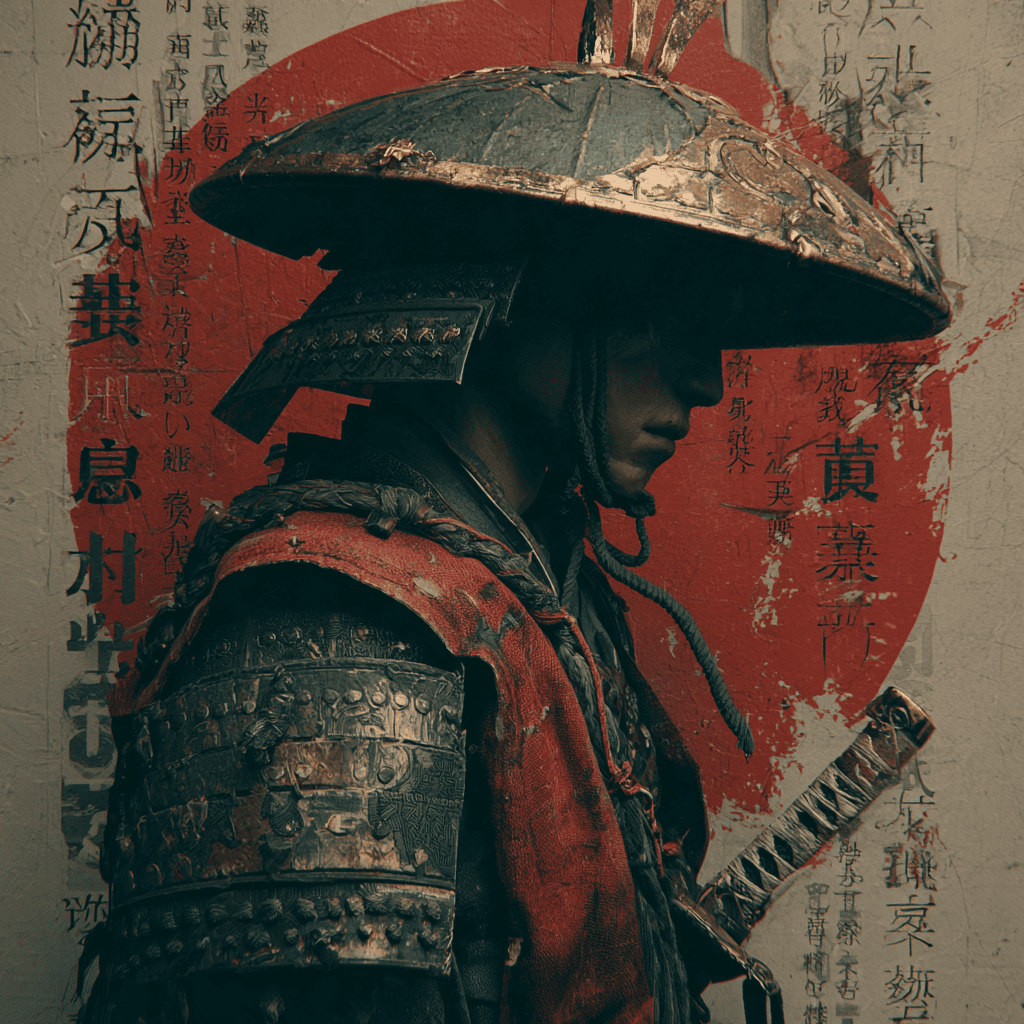What Are Samurai Clothes Called?
When people hear the word samurai, they often imagine fearless warriors with swords, armor, and an air of honor. But there’s a fascinating detail that many overlook: their clothing. Samurai outfits weren’t just random robes or armor. Each piece had a meaning, a function, and a connection to the culture of Japan. And here’s the loop I want to leave open for you: by the end of this article, you’ll discover not only what samurai clothes are called, but also why they mattered so much, even beyond the battlefield.
The Essence of Samurai Clothing
The clothes of the samurai were more than just “something to wear.” They reflected rank, discipline, tradition, and identity. Every piece—from the daily robe to the heavy battle armor—told others who the samurai was and what values they represented.
So, what are samurai clothes called? The simple answer: they are generally referred to as kimono, hakama, and yoroi (armor), depending on the situation. But let’s go deeper into each one, because each layer has its own story.
Everyday Clothing: Kimono and Hakama
The Kimono
The kimono was the foundation of samurai clothing. This robe-like garment was worn by almost everyone in Japan, but samurai had versions that were practical for their lifestyle. Unlike the decorative kimonos of nobles, samurai versions were often simpler, made for movement and duty.
The Hakama
Over the kimono, samurai wore hakama, a wide-legged trouser-skirt that looked elegant but was very functional. It allowed them to move freely on horseback or in combat training. Samurai hakama often had pleats, each symbolizing values such as honor, respect, and loyalty.
Even today, hakama are used in martial arts like kendo and aikido to keep that tradition alive.
Formal Samurai Attire: Kamishimo
When a samurai needed to dress formally—say, in front of a lord—they wore the kamishimo. This set included:
- A kataginu (a sleeveless jacket with wide shoulders that made the samurai look imposing).
- The traditional hakama beneath.
The kamishimo wasn’t for fighting. It was for presence, authority, and representing one’s status in society.
Battle Gear: Yoroi (Armor)
When it was time for war, samurai transformed completely. Their clothing shifted from soft fabrics to powerful yoroi, which literally means “armor.”
Components of Yoroi
- Do: The chest armor that protected the torso.
- Kabuto: The iconic helmet, often decorated with crests or horns.
- Kote: Armored sleeves for the arms and hands.
- Suneate: Guards for the shins.
The yoroi was not only practical but also artistic. Families used symbols and colors to identify their warriors, turning the battlefield into a moving tapestry of identity.
Samurai Clothing for Ceremony and Ritual
Not all samurai garments were for war or daily life. In certain rituals—tea ceremonies, festivals, or funerals—they wore carefully chosen clothes. These outfits were often rich in symbolism, reminding everyone that samurai life was as much about discipline and culture as it was about combat.
Symbols in Samurai Clothing
Samurai clothes were never “just clothes.” Every fold, every pleat, every color had a message.
- Black: Strength and formality.
- White: Purity and a willingness to sacrifice.
- Family crests (called kamon): Printed or embroidered, showing loyalty to a clan.
This coded language of clothing allowed samurai to communicate values without speaking a word.
Influence on Modern Fashion
The legacy of samurai clothing hasn’t disappeared. Today, you can see traces of hakama pleats in martial arts uniforms, or kimono-inspired jackets on runways. Even in casual wear, samurai symbolism lives on—representing honor, resilience, and timeless style.
And if you’re curious about wearing something inspired by that heritage, our store has designs that capture this spirit in a modern way. For example, the Meiyo no Michi Unisex Classic Tee blends traditional samurai values like “honor” (meiyo) with everyday comfort. It’s a simple way to connect with that warrior legacy without putting on full armor!
Why This Matters Today
So, what are samurai clothes called? They had many names—kimono, hakama, kamishimo, yoroi—but all of them shared one core purpose: to express the values of the samurai. Clothing wasn’t vanity; it was identity.
Understanding these garments helps us appreciate not just samurai culture, but also how fashion and meaning can be deeply connected.
Final Thoughts
Samurai clothing was never random or decorative. From the kimono and hakama of daily life, to the kamishimo for formal presence, and the yoroi armor for war, each outfit reflected the values of honor, loyalty, and discipline.
Today, that legacy inspires modern fashion, from martial arts uniforms to everyday t-shirts with samurai-inspired designs. If you’re fascinated by the balance between tradition and style, exploring pieces like our Retro Samurai tee is a great way to keep that warrior spirit alive in a subtle, wearable way.
And remember the loop we opened at the start: samurai clothes weren’t just about names or fabric. They were a language of their own, one that still speaks to us today.

